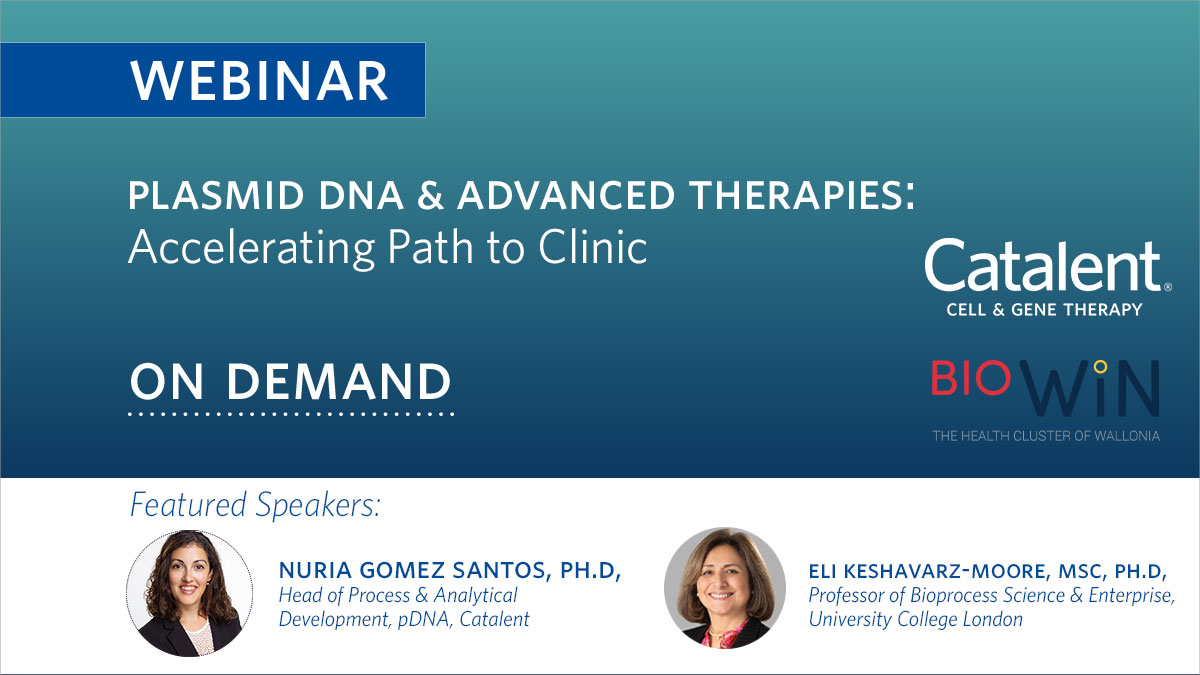Plasmid DNA has revolutionized molecular microbiology and enabled the development of advanced therapeutical approaches such as cell-, gene- and mRNA-based therapies and vaccines. From the first cloning experiments in the 1970s through the development and manufacturing of the advanced therapies approved and in clinical trials now, plasmid DNA has proven to be a critical starting material. In this executive summary, discover how a platform process for the manufacturing of plasmid DNA is helpful for all development stages, from screening candidates in preclinical studies to readying to scale production for late-stage and commercial needs.
Role of Plasmid DNA in Advanced Therapies
Gene therapy approaches are usually associated with monogenic disorders, diseases caused by a mutation in a single gene. In a traditional gene therapy, a corrected version of the affected gene is delivered by a viral vector, often an adeno-associated viral (AAV) vector, so the patient’s cells can produce the missing or defective protein. Therapies delivered this way are helping patients with genetic-based diseases such as muscular dystrophies, sickle cell anemia and cystic fibrosis.
For gene-enabled cell therapies, a viral vector, typically a lentiviral (LV) vector, is used to genetically engineer patient or donor cells to transform them into disease-fighters. One example is the creation of a CAR-T cell, where the viral vector provides the genetic instructions to the patient’s T-cells, so they express the chimeric antigen receptor (CAR). The resulting modified T-cells now carry this receptor that will specifically target the antigens of cancer cells.
Learn more about the challenges CGT innovators face and how experts resolve these barriers through adopting technology and strategy that drive an optimized plasmid production process and supply.
Watch replay of the webinar organized by Catalent and BioWin!



